mashroo3k Economic Consulting Company offers a feasibility study for a health resort project equipped with the best services, the highest return on investment, and the best payback period. This study is based on a thorough study of the health sector in the Sultanate of Oman, an analysis of the strategies of local and foreign competitors, and the ability to provide competitive pricing.
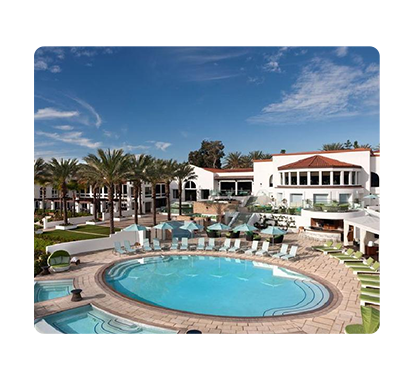
For investors interested in investing in the healthcare sector in the Sultanate of Oman, Mashroo3k Economic Consulting provides detailed feasibility studies for a health resort project equipped with the best equipment and medical staff, providing rehabilitation and healthcare services. This includes accommodations in spacious natural areas, green spaces, and sand therapy under comprehensive medical supervision. Mashroo3k Economic Consulting ensures that the project meets its needs by identifying the necessary medical personnel to build customer trust and provide the highest quality services, which helps enhance the project’s competitive advantage.
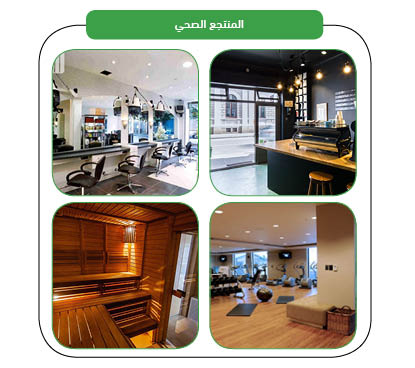

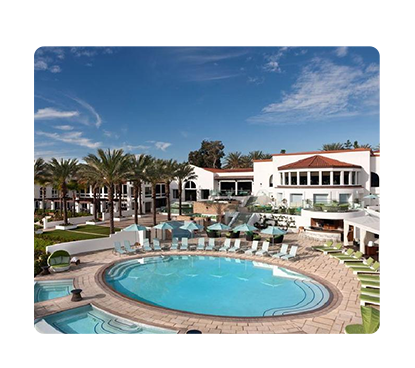
The project’s prime location
A unique and quiet place for individuals to gather and meet
Enjoy an atmosphere of psychological comfort and tranquility
A strong and integrated advertising plan
A highly qualified work team
Diversity and variety of services within the project
Attention to the quality of services provided
Villas and rooms within the resort
A well-equipped restaurant
Attention to general cleaning of the project
Using advanced technology in operation and monitoring
Commitment to maintaining the quality of operational supplies
Building a strong relationship with customers, making the place their first choice
Executive summary
Study project services/products
Market Size Analysis
Risk Assessment
Technical study
Financial study
Organizational and administrative study
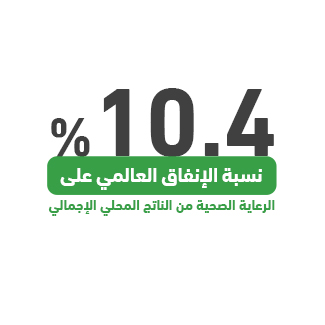
Driven by its deep belief in the pivotal role of the healthcare sector in supporting the economy and advancing societies, Mashroo3k presents the most important indicators and key insights for investors interested in launching healthcare projects in the GCC region:
Total Number of Hospitals:
There are 802 hospitals across GCC countries:
Public sector: 58.9%
Private sector: 41.1%
Physician Distribution:
Over 61% of physicians in the GCC are based in Saudi Arabia.
The highest percentage of private sector physicians was recorded in:
United Arab Emirates: 64%
Bahrain: 44.8%
Qatar: 27.1%
The highest percentage of public sector physicians was recorded in:
Kuwait: 79%
Oman: 74.6%
Saudi Arabia: 71.6%
Healthcare Projects:
Approximately 700 healthcare projects are currently under development, with a total estimated value of $60.9 billion.
Of these, 264 projects worth $24.7 billion are under construction.
Digital Health Spending in Saudi Arabia:
Annual spending on digital healthcare infrastructure is expected to grow from $0.5 billion to $1.5 billion by 2030.
Healthcare Expenditure:
Healthcare spending across the GCC is expected to reach $104.6 billion by 2022, up from $76.1 billion in 2017.
Healthcare Inflation:
Average healthcare inflation is projected to decline to 4% in the coming years.
Hospital Bed Capacity Needs:
The GCC region will require approximately 118,295 hospital beds to meet growing patient demand.
Adoption of Advanced Technologies:
Artificial Intelligence (AI) is expected to account for around 30% of hospital investments between 2023 and 2030.
Pharmaceutical and Consumable Manufacturing:
The pharmaceutical manufacturing market is expected to grow to between $8 billion and $10 billion.
The consumables manufacturing market is forecasted to reach $30 billion between 2025 and 2030.
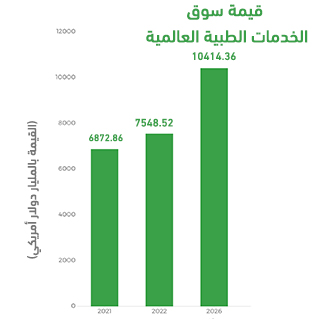
According to United Nations reports, the world population is expected to reach 8.5 billion by 2030, and by 2050, it is projected to rise to 9.7 billion. This population growth will undoubtedly lead to a significant increase in the demand for healthcare services. Therefore, Mashroo3k strongly recommends investing in this vital sector.
It is also noteworthy that global health spending is expected to grow at an annual rate of 3.9% between 2020 and 2024, which is significantly higher than the 2.8% growth rate recorded between 2015 and 2019.
Moreover, the global average number of hospital beds stands at 2.9 beds per 1,000 people, while the number of physicians is 1.8 physicians per 1,000 people. As for nurses and midwives, the number reaches 4 per 1,000 people.
These figures are considerably below the actual demand, emphasizing the urgent need for increased investment in the healthcare sector to meet the growing demand for healthcare services.
Technological advancements have played a crucial role in improving healthcare services worldwide, leading to significantly higher survival rates and better quality of life over the past decade.
Experts predict that the global healthcare services market will grow from $6,872.86 billion at the end of 2021 to $7,548.52 billion by the end of 2022.
By 2026, the market is expected to experience substantial growth, reaching $10,414.36 billion, with a compound annual growth rate (CAGR) of 8.4% during the forecast period (2022–2026).